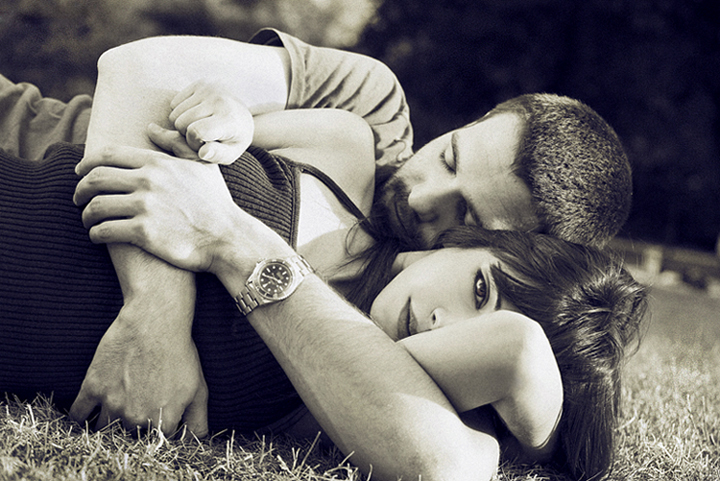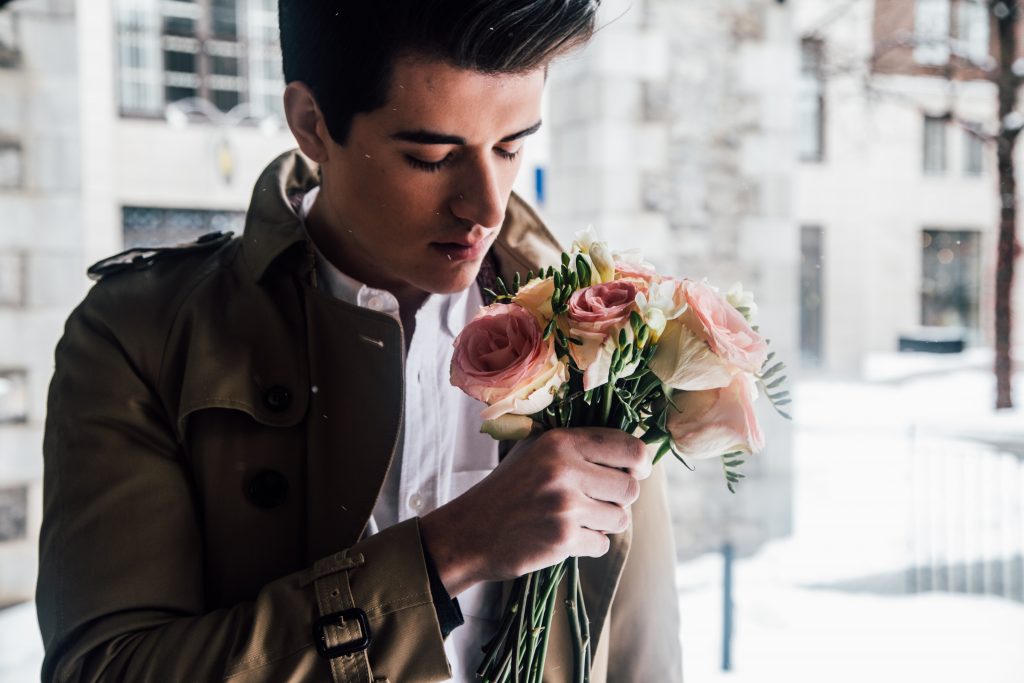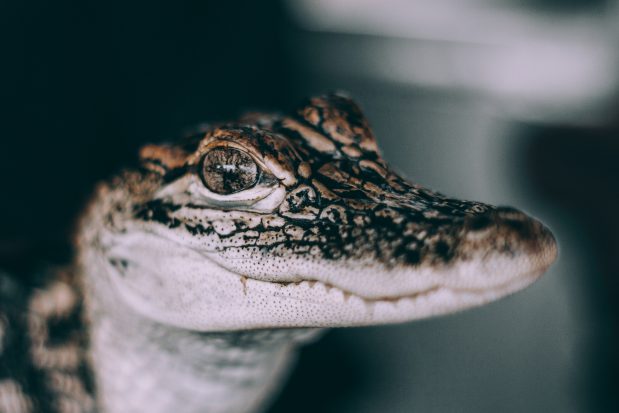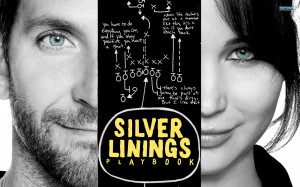Is Your Dinosaur Needy or Aloof?

What, you must be thinking, can this blog post possibly be about? Is your dinosaur what? Well… it’s not about dinosaurs. Though apparently there are some romance novels in existence where they play a key role. Not any written or read by me, though. However, it is about relationships, with whomever… or whatever… you choose.
I came across this article in Verily online magazine called Being Needy Gets a Bad Rap in Romance: What’s Really Going On? Perhaps you’ve seen some of this psychology before. I know I have, though it’s nicely summarized in this article, for quick digestion. (Read it here.)
Believable Characters Have a Past
It reminded me how much writers need to understand human psychology in order to create fully fleshed out and believable characters on the page. There are many sources that writers use to do this, beyond personal experience, and many different systems to sort and categorize personality types. These include the Myers-Briggs test and its derivatives, the Enneagram, Master Characters and Jungian Archetypes. Some of these books have been written specifically with writers in mind.
What struck me in particular about attachment style as an attribute of personality is how important it is for writers of Romance, or any story that focuses on relationships. Certainly all of Women’s Fiction would be included, but any writer who wants to enrich her story with true-to-life human interactions would be wise to consider this.

Secure, Avoidant or Anxious Attachment Style?
In brief, the three attachment styles, imprinted early in life, are Secure, Avoidant and Anxious. My imagination is already filling in with the characters that populate my novels, both written and still to meet the page. Since attachment style derives from early childhood, and the relationship one had with one’s parents or caregivers, naturally there is a strong connection with backstory and family of origin stories.
These play an important role in many of the stories I (and other writers) imagine, as wounds from the past often influence or determine how we go through life (our Identity, in Michael Hague’s terminology), and what our hopes and attitudes are towards mating and family life. More importantly, they influence behaviour and communication, things that show up concretely on the story page. Understanding where your character sits on this continuum (and I do believe it’s more of a continuum than a tidy list of three neat categories) is critical.
When involved in a new romantic relationship, what happens when your emotions begin to be engaged? When you suddenly realize you need this other person in your life? Whether you realize it or not, you’re falling in love. Some may leap in and hang on tightly— Perhaps too tightly, suffocating the other or creeping them out by being needy. Others may panic and put up barriers, artificially create conflict to avoid uncomfortable intimacy, or… run for the hills. It’s a rare healthy and balanced person (IMO) who is fully secure in their attachment style. And if everyone were, well, where would be the fun in that?
Good fiction depends on conflict and troubles and angst

Good fiction depends on conflict and troubles and angst. A smoothly running relationship does not make for a good romance. As every reader of romance knows, there must be barriers to the HEA or there is no story!
Those who aren’t familiar with, or shy away from, the genre perhaps think the “formula” makes for boring or predictable reading. On the contrary, it’s not the fact that boy and girl (or boy and boy, or girl and dinosaur) meet, fall in love, and live happily-ever-after that’s the point. It’s HOW it unfolds. It’s what the obstacles (internal and external) are and how they are overcome, and how the characters must grow and change in order to reach that ideal resolution. And those obstacles are infinitely variable. These relationship issues, of course, apply equally in non-romantic relationships, between parents and children, between siblings or friends, and are equally influenced by attachment style.
In my own fiction, the obstacles are rarely external, though there may be life events, or external goals, that propel the plot forward. More importantly for me is what motivates my characters to seek out or avoid relationship and intimacy.
Though I could talk about this all day, I’ll end with an example from my Work in Progress. Perhaps you’ve already sampled a few chapters. If not, sign up for my email list and they are yours.
I Love You… Don’t Leave Me
In the book, called Coming About (although the title is currently up for debate,) my hero, Bruce, has serious abandonment issues. He’s the youngest of four sons. His father is a cold, bullying, macho man’s-man who raised his sons in his own image. Bruce has three much-older brothers as proof, scars and all. Bruce, being the baby of the family, was the apple of his mother’s eye, and his intimacy with her shielded him from identifying with and emulating his testosterone-fuelled father and brothers.
Until she left.

An event he never recovered from, and one that created in him a deep-seated anxiety about intimacy and real relationships. Perhaps he’s unlovable and unworthy of devotion. How can he trust anyone with his heart when, clearly, they are going to up and leave without warning? That hurts too damn much. And so, he’s lived his life on the surface, bouncing from one-night-stand to one-night-stand, never giving anyone the chance to get close.
Do You Still Love Me? Yes… But Dude, Give Me Some Space!
One aspect of the anxious attachment style that I had overlooked, however, is the constant need for reassurance once the heart is engaged. This is a valuable detail that can help me flesh out my character by giving him internal emotional angst about what the reciprocal feelings or intentions of his love interest might be (that’d be the fiercely independent Alexa, of course.) Her attachment style is on the secure-to-avoidant continuum because she believes marriage and family conflict with her passionate commitment to her career. So she’s decided to do without, despite inner yearnings.

You can see where this is going, and how understanding attachment style provides fodder for conflict. As my hero and heroine get intimate and fall in love, the way one (Bruce) behaves is interpreted in a negative way by the other (Alexa) creating conflict between them. At the beginning, he avoids intimacy while she seeks to connect. Then the closer he wants to get, because things are getting serious, the more she pushes him away. This push-and-pull dance propels their relationship toward its climactic resolution. It’s beautiful… storytelling, that is.
What have your personal experiences been with mismatched attachment styles in your own relationships? Do you recognize yourself or your loved ones in the pages of novels? Leave a comment below and let me know. Thanks for reading!
|
|
VOTE FOR ME PLEASE
Also, The Art of Enchantment is nominated for the 2017 Readers’ Choice Awards. Will you do me a huge favour? I hope you’ll consider voting for The Art of Enchantment here. Scroll through to Romance. Fingers crossed! Thank you so much.
GRAB A COPY – LEAVE A REVIEW
You can buy either book if you haven’t yet. Go to my Home Page or the RD Store for convenient links to Amazon, Indigo and elsewhere. Don’t forget to leave a review when you’re done. Thanks!



